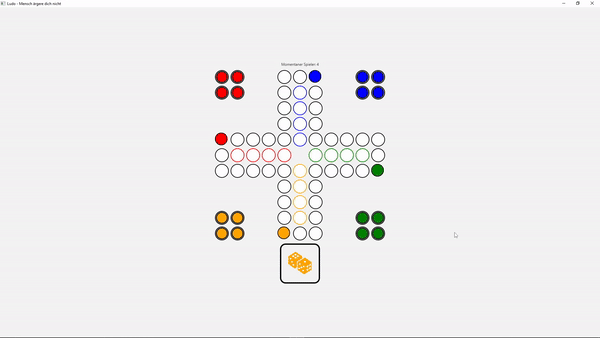Keyboard Listener 
The framework provides an easy way of registering keybinds for a controller. By using the @OnKey annotation, you can
define methods that will be called when a key is pressed.
The annotation has multiple parameters for specifying the key or additional keys (e.g. shift) that have to be pressed.
If such an option is set to true, the key has to be pressed.
If it is not specified or set to false, the event will trigger regardless of whether it is pressed or not, unless the strict option is used.
If it is set to false while strict is enabled, the additional key must not be pressed.
That means the strict is useful when you have many different keyboard shortcuts with the same key but different modifiers.
For more control, the annotated method can also take a KeyEvent as a parameter which will be passed to the method when
the key is pressed.
The annotation can be repeated to allow for multiple input options.
@OnKey()
public void keyPressed(KeyEvent event) {
// This method will be called when any key is pressed
// The KeyEvent can be used to get information about the key that was pressed
}
@OnKey(code = KeyCode.ENTER)
public void onEnterPressed() {
// This method will be called when the enter key is pressed
// It doesn't matter if shift, ctrl or alt are pressed
}
@OnKey(code = KeyCode.P, shift = true)
public void onShiftP() {
// This method will be called when the shift and p key are pressed
// Also works with ctrl, alt and meta (e.g. windows key)
}
@OnKey(code = KeyCode.P, shift = false, strict = true)
public void onNotShiftP() {
// This method will be called when p is pressed and shift is not pressed
}
@OnKey(code = KeyCode.F)
@OnKey(code = KeyCode.G)
public void onFG() {
// This method will be called if f or g is pressed
}
Other parameters that can be used are type (e.g. KEY_PRESSED or KEY_RELEASED) and target which specifies where the event should be
captured. The target can be STAGE or SCENE.
Using character and text one can access the raw character that was pressed. character will be the character that
would result by pressing the key(s) (e.g. SHIFT + ‘a’ –> ‘A’) and text will be name of the key that was pressed (e.g. “CTRL” for the ctrl key).

| ⬅ Call order | Overview |